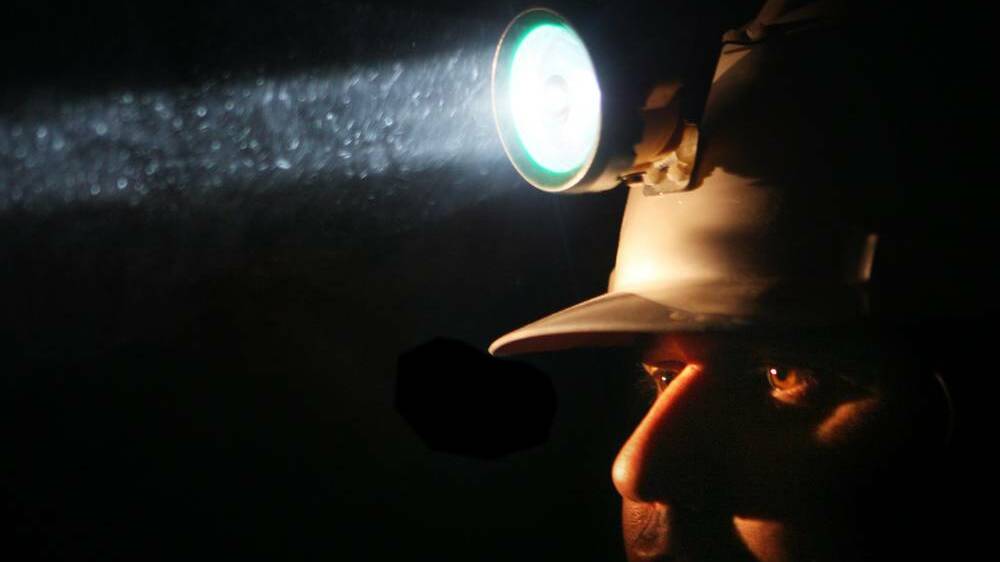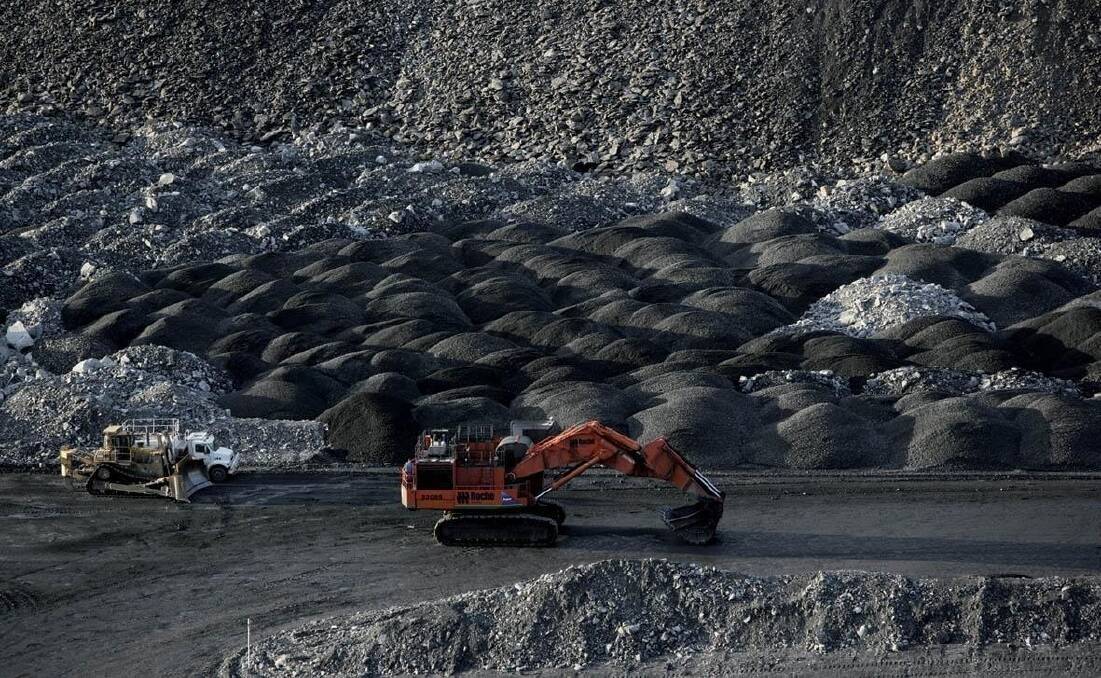
TWO Hunter coal mines face an uncertain future, there’s a shadow over a union’s share in a mining joint venture and a question hangs over coal contracts for two Hunter power stations after American coal giant Peabody edged closer to bankruptcy.
Subscribe now for unlimited access.
or signup to continue reading
Peabody’s statement to US regulators on Thursday about doubts it could continue as a going concern ended months of speculation after its share price crashed from $1200 in 2011 to its current low of $2. But it sent another shockwave through the Hunter only a week after BHP axed nearly 300 jobs at Mt Arthur mine.
Peabody has about 500 employees and another 100 contractors at Wambo mine near Singleton, and up to 440 employees at Wilpinjong mine between Denman and Mudgee. The Department of Planning is assessing Peabody expansion proposals for both mines.
While Peabody has 30 days to find $71 million in interest payments it failed to make last week, some American and Australian analysts are predicting the company could formally file for bankruptcy as early as this week.
Construction Forestry Mining and Energy Union Hunter district president Peter Jordan said it raised the possibility of both mines “shutting up shop at a moment’s notice”, affecting not only employees and communities, but his union’s share in a Wambo/Glencore mine joint venture project, and Wilpinjong’s supply of coal to Liddell and Bayswater power stations.
Hunter Environment Lobby spokeswoman Bev Smiles said Peabody’s woes were “predictable and predicted”, and a warning to the region.
“I’m sick of saying ‘We told you so’, but people have been saying for some time that the coal industry is in structural decline and we have to deal with that. Governments and the mining industry have ignored the warning signs, but we’re now seeing the inevitable consequences of that decline,” Ms Smiles said.

It was disconcerting that the Department of Planning had been assessing expansion plans at both mines even as Peabody’s share price crashed, its debt soared to nearly $7 billion, and analysts warned it was “on everybody’s list” as the next mining giant to collapse after four other major US mining companies went bankrupt over the past year, she said.
Ms Smiles, who lives at Wollar near Wilpinjong, said Peabody’s aggressive purchase of almost all private properties in the area while its fortunes plummeted, had devastated the community.
“Why would the NSW Government decide to allow Peabody to completely destroy a community when its future was so clearly in doubt?” she said.
“We’ve had an uncertain future since the mine was established (in 2006) but it’s even more uncertain now because we don’t know what’s going to happen. If Peabody is declared bankrupt will there be another buyer? Will the mine be rehabilitated if there is no buyer?”
Mr Jordan said he expected Glencore, which has major mines beside both Peabody mines, would take “a serious look” at buying them, particularly because Glencore and Peabody already have a joint venture proposal for part of the Wambo mine which was expected to start in 2017.
The CFMEU has a 5 per cent stake in the project.
“We’re concerned where that will end up if it all crashes,” Mr Jordan said.
“The Peabody mines may have to close if there’s a bankruptcy so it’s a real concern for us.”
Bankruptcy could also mean other buyers might be interested in picking up the mines cheaply, Mr Jordan said.
This is despite the lack of interest from buyers up to now.
“If you’re bankrupt and you’ve got no money, maybe you’d be more interested in selling them for less,” he said.
Peabody’s bankruptcy warning also has an impact on the Hunter’s Liddell and Bayswater power stations. Peabody has contracts to sell Wilpinjong coal to power station owner AGL until 2026.
An AGL spokesperson would only confirm that supply from Wilpinjong mine to supply the power stations “has not been affected by Peabody’s current financial situation”, but the company did not respond to a question about events if Peabody declared bankruptcy.
In an expansion proposal lodged more than a year ago Peabody proposed extending the life of the mine to 2033 and increasing production so that it would be the fourth largest of the state’s 44 working coal mines.
In a submission made public on Friday the NSW Government’s Division of Resources and Energy said it believed Peabody was “genuine in its push to have the project approval in order to maintain production”, after Peabody said coal production would drop from 11 to 7 million tonnes per year by 2017 without the approval.
The division noted that rehabilitation plans for the mine were “very preliminary in nature”. Wilpinjong already has seven pits operating, and approving an expansion to increase operating pits to nine “increases the risk profile of the mine from a rehabilitation perspective”.
In a submission also made public on Friday Australia Institute economist Rod Campbell harshly criticised the economic assessment of the Wilpinjong proposal, and warned a Peabody bankruptcy would leave the project in limbo “and the state will be forced to fight with other creditors to ensure rehabilitation expenses can be raised”.
Mr Campbell said the expansion proposal allowed Peabody to delay rehabilitation and decommissioning costs.
He criticised an economic assessment that put a value of $735 million on Wilpinjong mine, while the parent company Peabody is only valued at $114 million.
Peabody Energy Australia president Charles Meintjes on Friday said that Chapter 11 proceedings in America were different to bankruptcy in Australia.
“While I would not want to speculate on what we are going to do, Chapter 11 in the US is a business friendly, court supported system that allows a company to restructure debt with legal protection,” Mr Meintjes said.
“General Motors did it and is doing just fine today. Most companies who have foreign subsidiaries keep them operational while they go through the (Chapter 11) process.”

